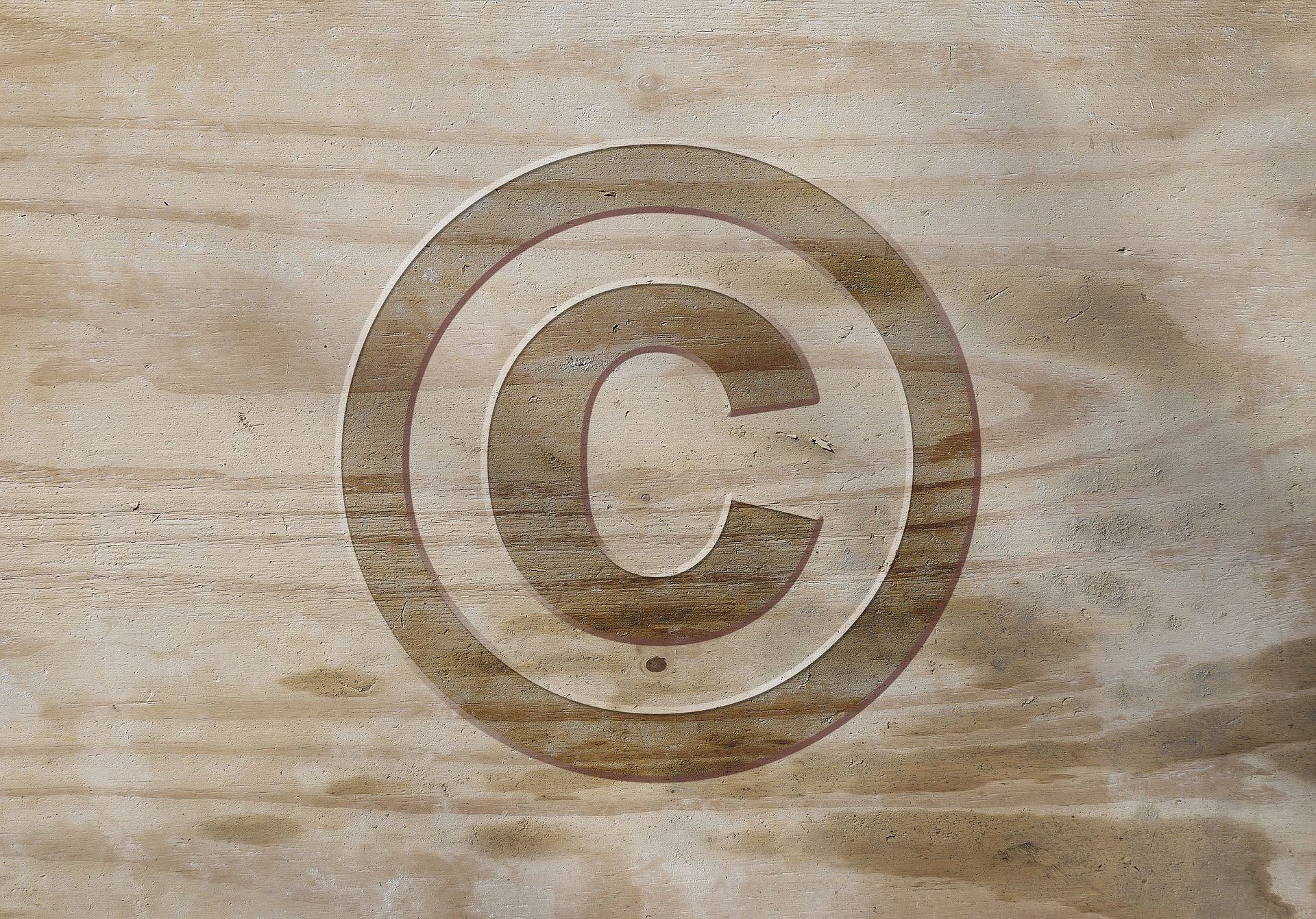How to Properly Copyright a Website - Legal & HTML Requirements
 I am always looking to improve the quality of my web sites. Often these tweaks are little things here and there.
I am always looking to improve the quality of my web sites. Often these tweaks are little things here and there.
Today I wanted to share some knowledge on property adding the copyright symbol to your web pages.
Disclaimer: I am not a lawyer and this should not be considered legal advice. Consider this as research with actionable items based on my experience, research and expertise as a seasoned web developer.
In this article you will learn about copyright protection as it pertains to websites, where to find official documentation and how to code your website. So. there is something here for stakeholders and web developers.
- What Does it Mean to Copyright a Website?
- How Do You Copyright a Website
- Proper HTML Copyright Usage
- Summary
What Does it Mean to Copyright a Website
According to the US Copyright office:
Copyright is a form of protection grounded in the U.S. Constitution and granted by law for original works of authorship fixed in a tangible medium of expression. Copyright covers both published and unpublished works.
In the United States copyright law is based on the Copyright Act of 1976. The law gives authors of original works exclusive rights to the works and the option to grant usage rights to others.
In other words it declares who owns creative work, like design, text (copy), images and even source code. There are other mediums copyright laws protect, including music, audio or video. Process, systems, technique or ideas cannot be copyrighted, these are better suited for patent protection.
Generally, the ownership rights include:
- Reproduction
- Development of derivative works
- Distribution
- Public display
To an artist or creative this means you own the right to allow others to use your creation. Typically, when you create something you can chose to give it away, which is how open source works, or charge a fee. Often these fees come in the form of a licensing agreement.
A common example is an athlete or celebrity licensing their image to promote a product.
Original work is copyrighted as soon as it is made, as long as it is documented or communicated in a tangible way.
Examples of tangibly documented include written on paper, saved on a hard drive, or captured on a recording device.
There is no global copyright registry and I don't want to discuss the finer points of international law. But in most cases you can register a copyright with your country and they have reciprocal agreements with most countries concerning ownership.
How do you copyright a website?
The nature of a website is to be tangible. I mean it is code, media and text and it is saved to a disk and made available publicly. As soon as the file is saved it is considered copyrighted
The copyright notice most of us put at the bottom of our pages visibly proclaims all the site or page's material and contents cannot be used without permission of the owner. It does not matter if the person or organization copying the contents sees the notice or not. In 1989 a public notice requirement was eliminated.
It gets tricky if you ever want to file an infringement lawsuit. You must officially register the website with the copyright office first. This requires a $35 online registration fee.
You must also make a content 'deposit'. A deposit is the actual web site, as I interpret it, as it renders in the browser. You can upload the content to the copyright office.
What makes it complicated is any updates to the site require a new deposit and registration fee. I think this makes it difficult because most web sites update content frequently. I try to add 5-10 new articles on Love2Dev and I update 10-20 articles each month. I don't have the money or time to continuously register with the copyright office.
Circulars, newsletters and databases are excluded from this requirement since they are considered to be an ongoing creation.
Website copyright rules are covered in detail in the Copyright Office's Circular 66. The first couple of sentences gave me pause as I was researching for this article:
The Copyright Act does not explicitly recognize websites as a type of copyrightable subject matter. However, you may be able to register a website or a specific web page if it satisfies certain statutory requirements
That may seem like everything I have shared to this point is wrong. But it’s not.
What the Copyright Office won't let you copyright is the website, which they refer to as the code, at least that is what I interpret. What you can copyright is the content, media and other original creative work contained in the website.
Copyrightable authorship is original expression contributed by an author that contains at least a minimum amount of creativity. ... An individual work that appears on a website can be registered if it constitutes copyrightable subject matter and contains a sufficient amount of original authorship.
Whew! I thought I blew it too 😜
Feel free to register your website's copyrightable material. In most cases this is not necessary.
The easiest way to copyright your site is to add a copyright symbol with the year's the copyright applies.
So, let's get to the code!
Proper HTML Copyright Usage
The best and simplest way to copyright your website content is to add a copyright statement to your site's footer. The most common place is at the very bottom of each page. Since it is a legal statement you should make it small...mouse type...because its legal and should be tiny.
You should include the copyright symbol © (special character) and the word 'Copyright'. You should also include at least the current year. Some sites include the first year of the site's existence.
The copyright symbol can be added in several ways.
The easiest way is to use the HTML symbol code.
<footer> <small>© Copyright 2018, Example Corporation</small> </footer> To make the type small you should use the HTML SMALL element. This applies semantic meaning to the statement. You should also wrap the statement within a FOOTER element, again for proper semantics.

You should also make the year part of your template and dynamically rendered based on the current date. I use Mustache templates to render my markup, so it looks like this:
<footer> <small>© Copyright {{currentYear}}, Example Corporation</small> </footer> If you use node/JavaScript like me to render your pages, it is simple to get the current year:
var d = new Date(); page.currentYear = d.getFullYear(); Make sure you add the markup to your primary site layout or app shell. This way it propagates to all pages as they are rendered, and you don't have to manually add it to each page.
You are not limited to using the HTML copyright symbol, you can also use the ASCII code, © and a few other character codes based on the file's UTF encoding. Just be forewarned this may cause the symbol to not render correctly in all browsers. I recommend sticking to the HTML symbol, its just easier.
| Sign | Name code | Decimal code | Hex code | Description |
|---|---|---|---|---|
| © | © | © | © | copyright symbol |
| Ⓒ | Ⓒ | Ⓒ | C inside circle |
ASCII codes are pretty handy to know and use. You can get a full list of ASCII character codes.
If you use ASCII or Hex codes avoid copying and pasting from another source. Character encoding comes into play and what you paste may not be what you expect due to variations in formatting.
Summary
Website content by nature is copyrighted. The best way to publicly claim a copyright on your intellectual content is to add a small copyright notice at the bottom of every page.
The website itself (the code/application) is not eligible to be copyrighted, only the site's content.
To have rights to take legal action you will need to officially register your site's content with the Copyright office.
Website copyright notices are common around the web, just make sure you do it correctly and understand what can and cannot be copyrighted.







